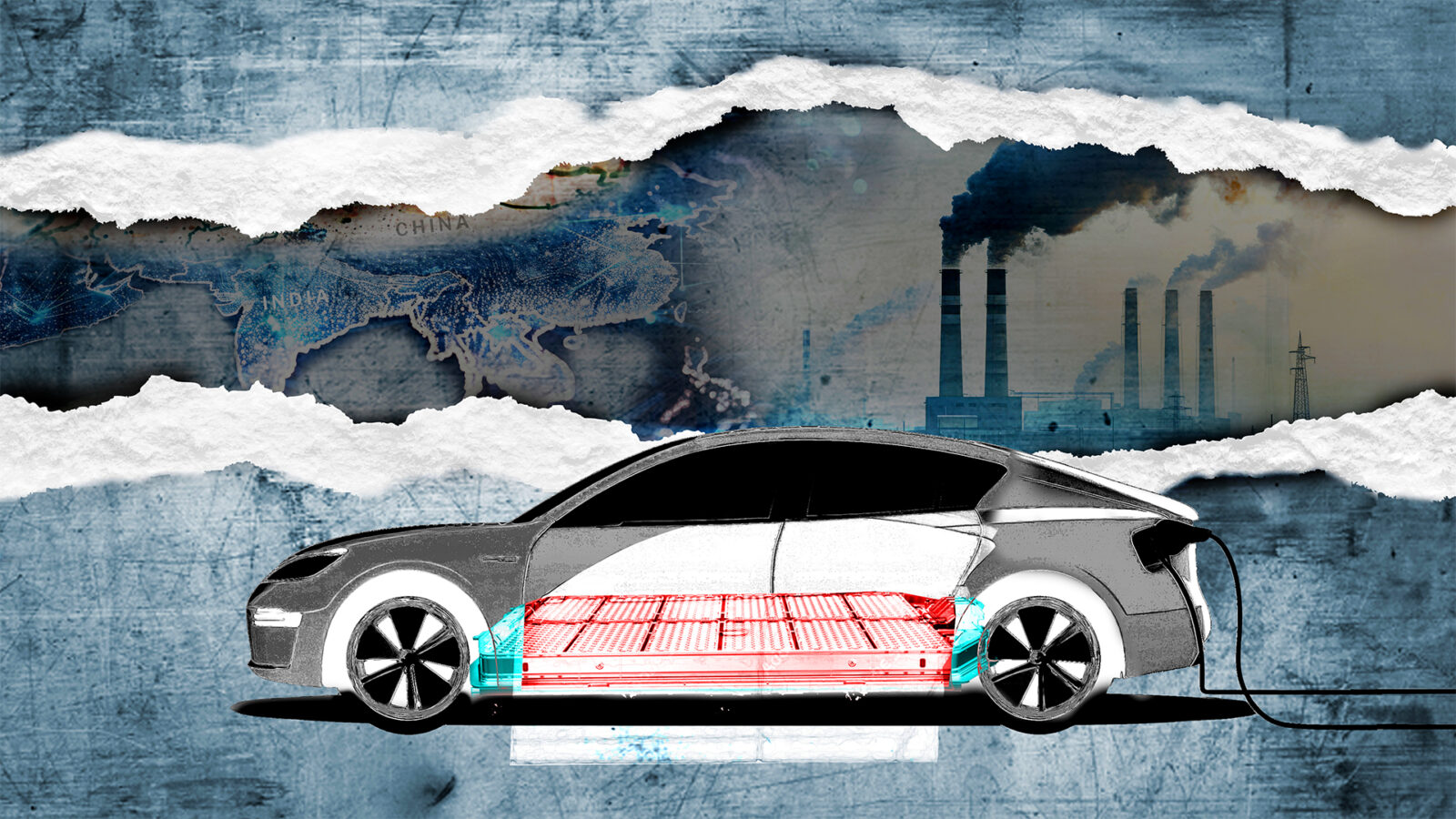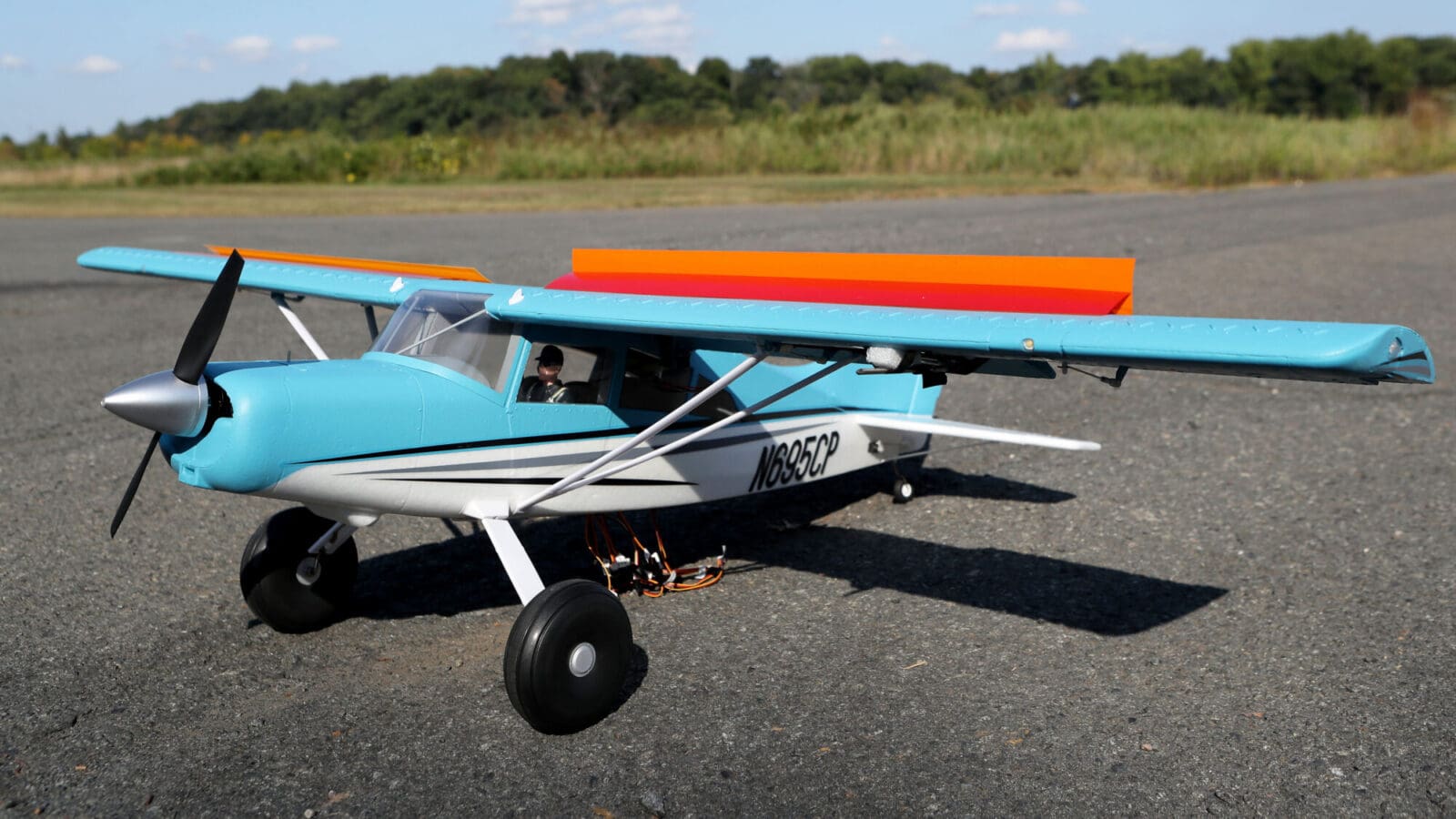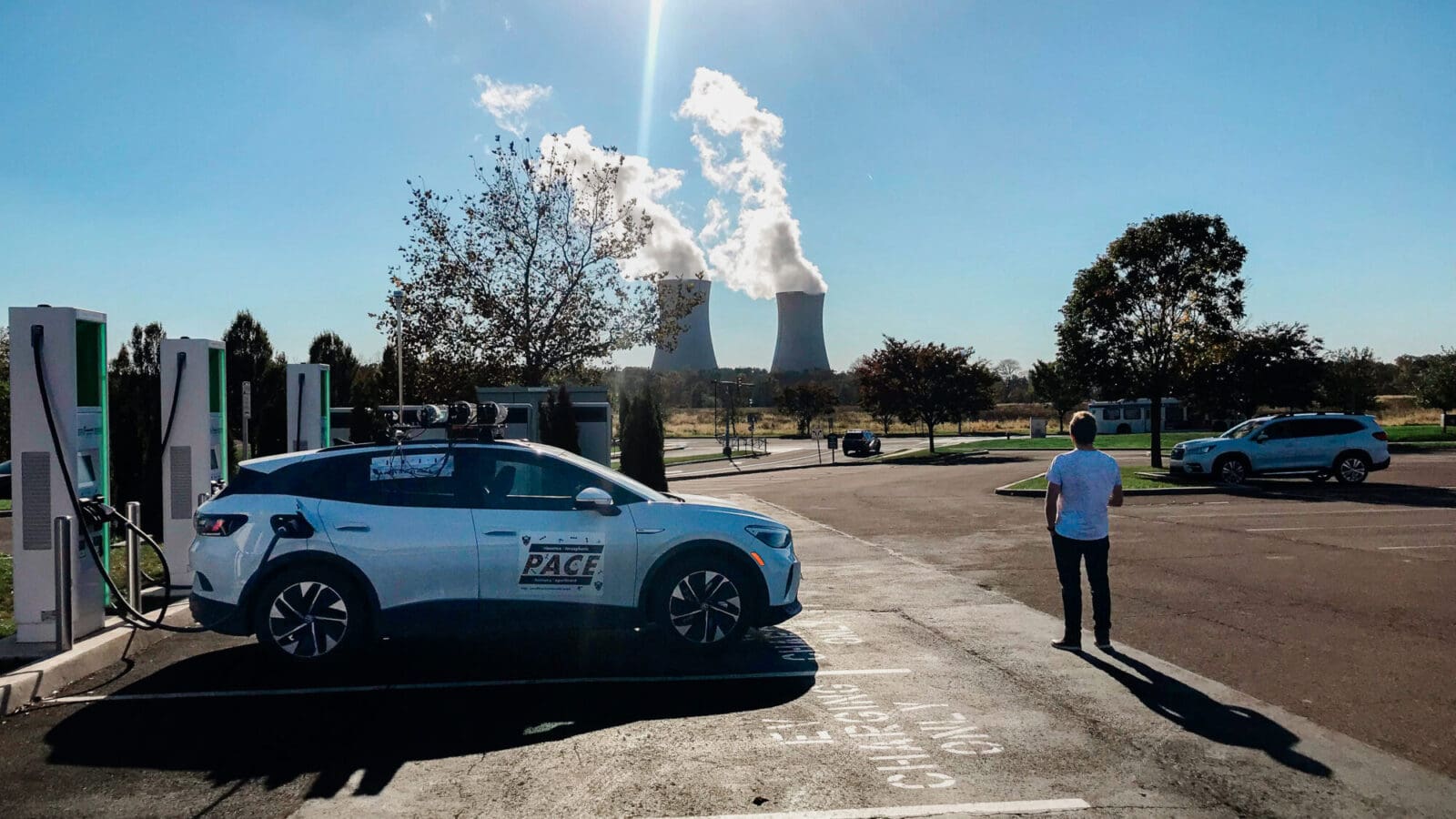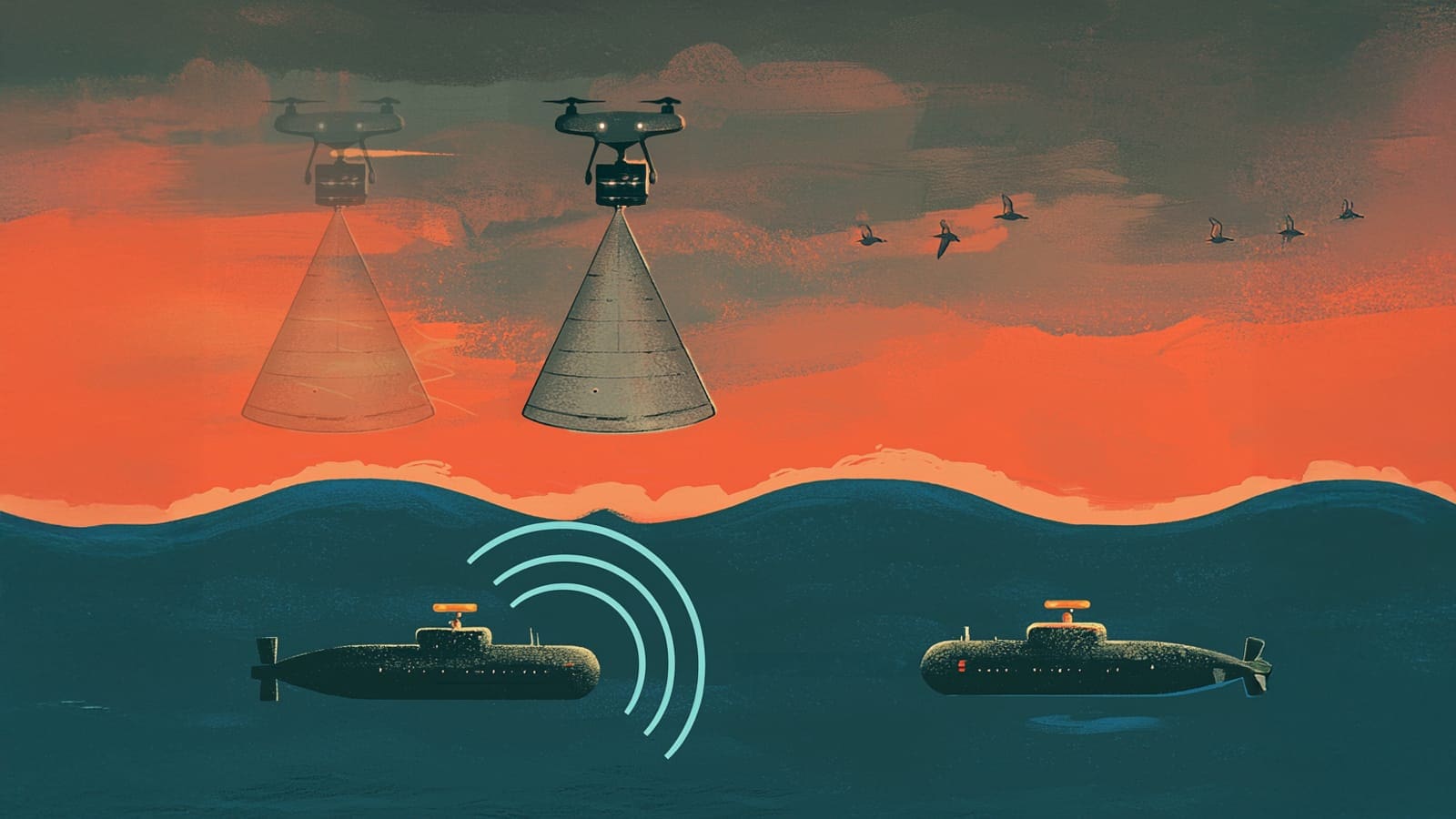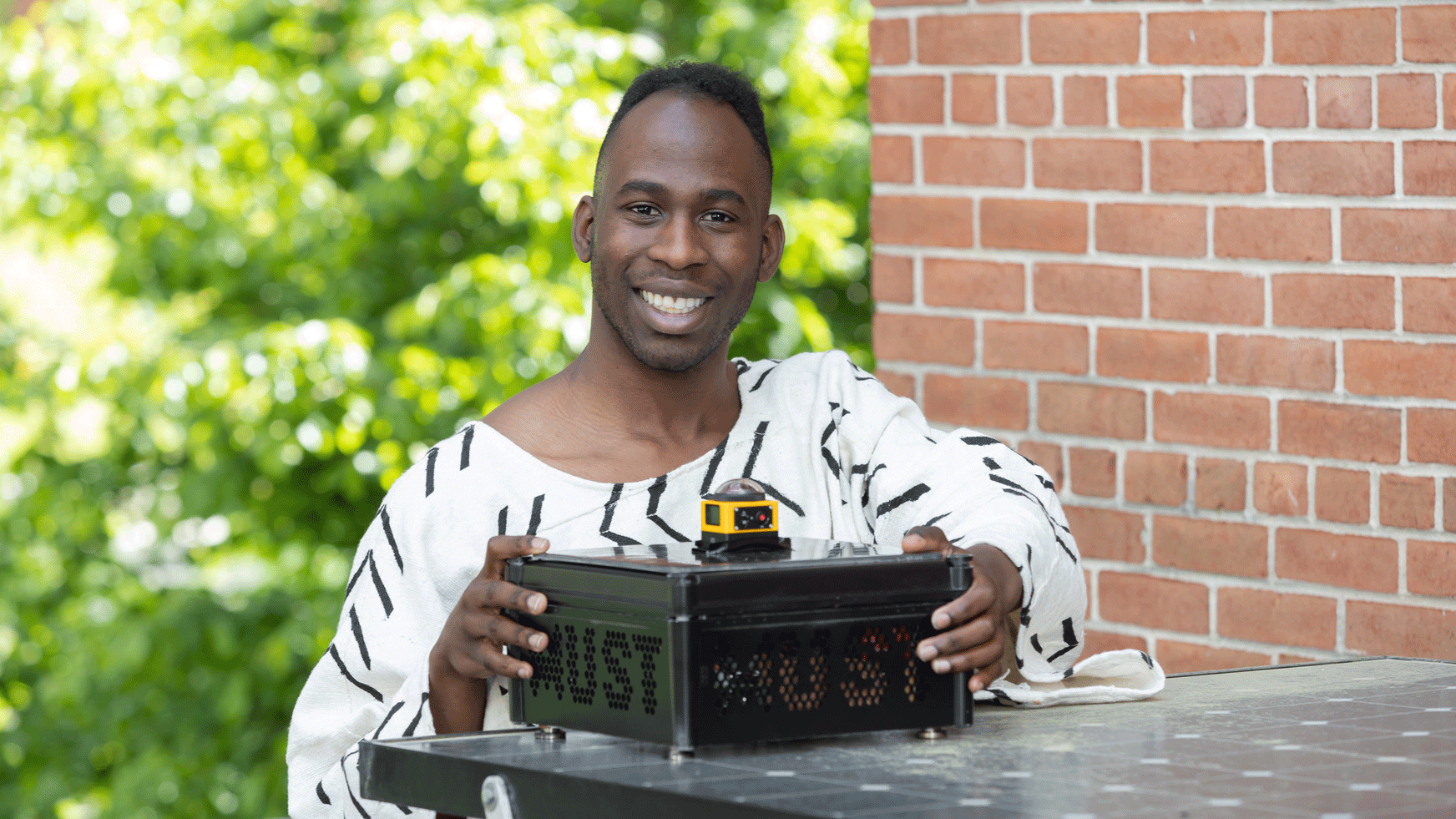
Probing air pollution with laser sensors
By
on
His specially engineered laser sensors and drones help reveal the impact of greenhouse gases and air pollutants on the climate, where pollutants come from, and how clouds of air pollution – such as smog – form. The ultimate goal is to inform policy that will clear the air and our lungs and slash air pollution’s staggering impact on human mortality. Severe air pollution causes the premature death worldwide of more than 5.5 million people per year, according to news reports based on data compiled for the Global Burden of Disease project.
Zondlo joined the Princeton faculty in 2008. He holds a bachelor’s degree from Rice University in chemistry and a doctoral degree from the University of Colorado in physical and atmospheric chemistry. As associate director for external partnerships at the Andlinger Center, he sparks opportunities to partner with corporations, nonprofits and governmental entities, and oversees the Princeton E-ffiliates Partnership, a corporate membership program that forges collaborations between academic experts on campus and practitioners in industry.
Zondlo recently spoke with the Andlinger Center about his work.
Tell us about your research.
My research group studies the fundamental areas in the atmospheric sciences, such as cloud formation, the composition of aerosol particles – haze, dust and smoke – in the air that seed clouds, and the sources of greenhouse gases. We use observations to quantify how human emissions impact the natural environment, from air quality and human health to cloud formation to climate change.
The largest sources of uncertainty in predicting climate changes like rising temperatures and shifting weather patterns lie in the effects of aerosol particles and cloud formation. Human activities, such as burning coals and fossil fuels, contribute to global climate change. But without precise and accurate measurements, it is hard to know the most effective changes to make to protect our environment. That is why we decided to create new sensors to answer key scientific questions.
There are commercialized technologies available that can measure various gases in the atmosphere. But they tend to be bulky, expensive and are quite difficult to deploy in relevant field environments. They also consume a lot of power, so we want to make systems that are much smaller, but maintain robustness, high accuracy and precision.
We develop power-efficient and ultra-sensitive optical sensors and deploy them in field campaigns, including in ground-based networks and aircraft-based research platforms. The optical-based instrumentation uses the latest laser technology to measure the composition of the atmosphere, and the subsequent data are used to provide more accurate climate predictions.
As part of the Center for Mid-Infrared Technologies for Health and the Environment at Princeton University, we apply new advances in laser-based technologies to problems of atmospheric importance. The new sensors provide unprecedented observations of the atmosphere, thereby advancing the understanding of societal problems of air quality, global climate change and ozone depletion.
Where do you use the sensors and what are they measuring?
We work as a part of multidisciplinary teams across many universities. For example, we have a long-term project in Michigan where we put sensors in farm fields to look at how emissions vary with weather conditions and also due to activities like fertilization and harvesting.
A larger campaign with NASA involved three aircraft, five mobile laboratories and satellite measurements with which we examined how vehicle and farm emissions get transported from cities and farms and then deposited into sensitive ecosystems in the mountains. In order to bridge scales from local to global, we need measurements from individual farms and neighborhoods to continents.
Two important atmospheric gases we measure are ammonia and methane, which can impact climate. Both gases are hard to measure, but for different reasons. Ammonia has incredibly low concentrations – in the parts-per-trillion range – and “sticks” to most instruments, creating inaccuracies in existing sensors. Methane, by contrast, has much higher concentrations – at parts-per-million range – but requires very high-precision measurements.
Commercial laser sensors can do this well, but they are simply too large and heavy to be deployed in relevant field environments. These two gases can be detected more sensitively by mid-infrared light. We have developed laser sensors that probe these gases. The sensors are smaller and lighter, but still maintain precision and accuracy.
Right now, we have two ammonia sensors at Duke Forest in North Carolina where we study the uptake of ammonia on vegetation and emissions from the forest floor. Ammonia is currently unregulated, and its emissions from agriculture and urban areas create unhealthy fine particulate matter, contributing to the formation of smog. The sensors, which are small, sensitive and fast, are mounted above the forest canopy on a 42-meter tower and also at the forest floor. The measurements will help us better predict and understand the formation of unhealthy haze particles from ammonia and how ammonia’s fate impacts ecosystem health.
We also have field experiments in the Marcellus Shale basin in Pennsylvania, where methane leaks from natural gas wells and pipelines. Natural gas emits half the amount of carbon dioxide per unit of energy produced versus coal (but methane is 30 times more powerful than carbon dioxide as a greenhouse gas). So the uncombusted methane escaping into the atmosphere can negate the potential climatic benefits by switching from coal to natural gas.
We have found that 90 percent of the methane emissions are coming from 10 percent of the natural gas wells, so, from a mitigation perspective, if we can identify and reduce these “superemitter” well emissions, it would be a step forward to help the environment.

You have a new project that uses an electric car to study air pollution.
Yes, we recently acquired an electric vehicle to help us map greenhouse gases and air pollutants at the neighborhood scale – think of a Google car for environmental sensing. The car is fully electric, so there are no self-emissions that complicate measurements when stuck in city traffic.
We will drive around New York City this fall to link neighborhood measurements of air pollutants with those from satellite measurements. Combining these approaches will allow us to map air pollution with unprecedented resolution and lead to the development of new tools for understanding and improving the air that everyone breathes. Clean air is a basic human right.
This project is being conducted under the umbrella of the NASA Health and Air Quality Applied Sciences Team (HAQAST), of which I am a member. HAQAST is a collaborative team that works in partnership with public health and air quality agencies to use NASA data and tools for the public benefit.
Why is this research important?
We live in a world where 50 percent of its people live in cities, and urbanization will continue to grow more rapidly than it has in the past. This will increase emissions from cities, which in turn will increase the demand for agriculture and further increase emissions. While cities and farms seem worlds apart, their environmental problems are coupled.
We are not going to solve these problems unless we understand and reduce the emissions to the atmosphere. By understanding their spatial and temporal variabilities, we can identify methods to take care of our environment, efficiently utilize energy and improve our food and energy production to minimize the impacts on our climate.
What does your role as associate director of external partnerships entail?
I direct the Princeton E-ffiliates Partnership program, an academic-corporate partnership to enhance education and research opportunities across campus with the goal of bringing new technologies and policies efficiently into the real world. I spent six years in private sector R&D before starting at Princeton, so I’ve seen the strengths and limitations on both the academic and corporate sides.
We partner with member companies to develop student internship opportunities, engage in collaborative research with faculty, and facilitate technology transfer from the laboratory into the real world where it will be most impactful. Faculty and students conduct research with companies, and students also interact with practitioners in the field through company visits and seminars. E-ffiliates also partners with policymakers, nongovernmental organizations and nonprofits to most effectively adapt to the impacts of emerging technologies.
Why is a program like E-filliates so important?
The greatest technology will have little societal impact if it stays in the laboratory. The fastest way for adaptation is through the commercial sector. There are tremendous advances in energy and environmental technologies being made at Princeton, and it is critical to develop partnerships with companies that can translate these into products and services to be adopted by consumers and governments.
Likewise, there are often existing regulations that prevent adaptation of technologies to help the environment. E-ffiliates brings together the technical, corporate and policy worlds to break through these barriers and to protect the environment while also providing energy, food and water for society.
